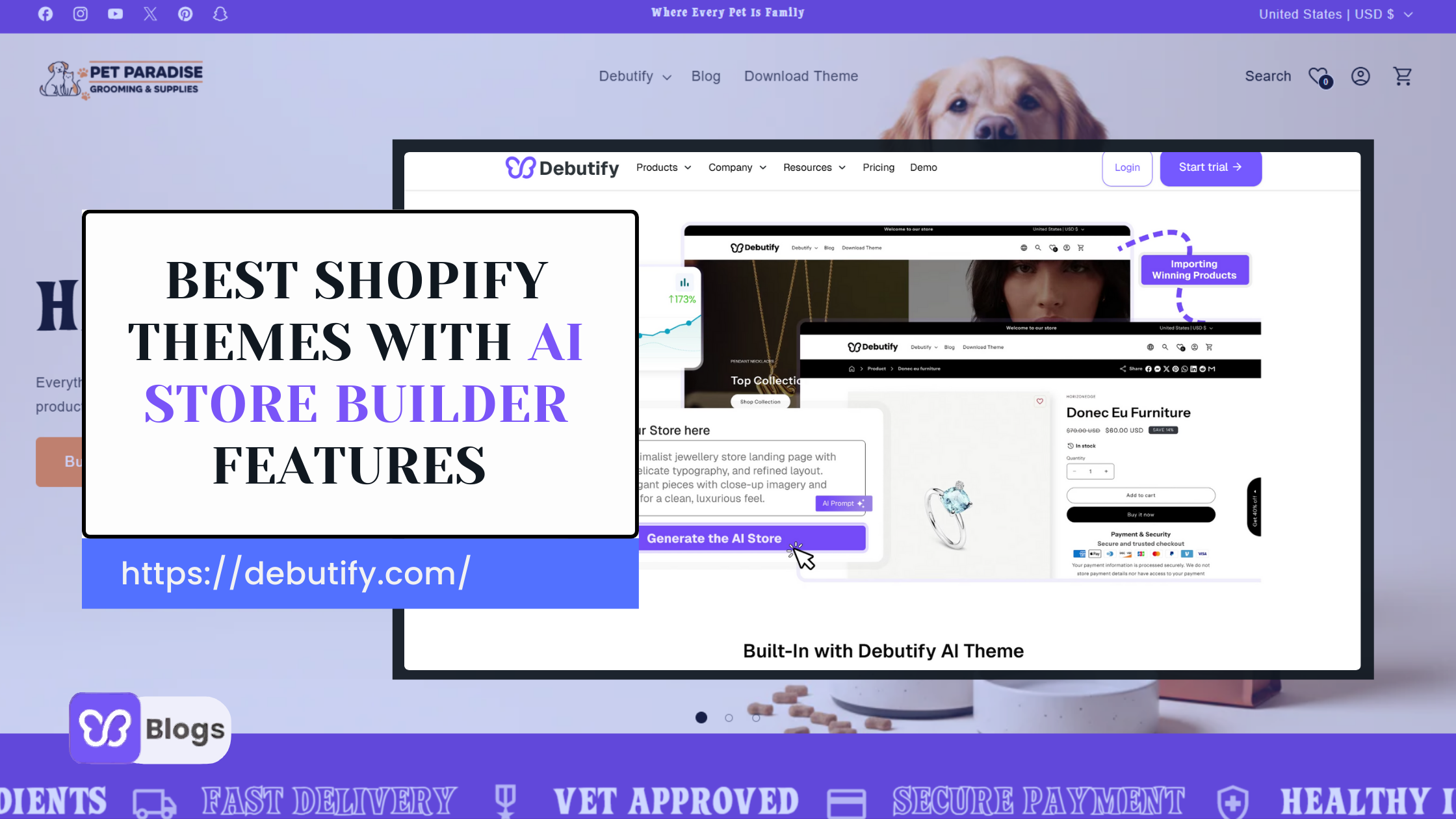There is an important task you need to do before you can optimize your eCommerce website and strategies to get better results...
Wondering what it is?
It's knowing and understanding your analytics! That will help you understand how your brand is doing by analyzing how customers are taking action on your eCommerce website.
And Google Analytics Enhanced eCommerce Reporting can help you with that! If you're not yet familiar with it, don't worry... because after reading this blog, you will know...
- What is Enhanced eCommerce Reporting?
- Why should you use Enhanced eCommerce Reporting?
- How to set up Enhanced eCommerce Reporting?
So, are you ready? Let's deep dive.
What is Enhanced eCommerce Reporting?
.png)
Enhanced eCommerce Reporting refers to data about eCommerce transactions and performance. Through this, you'll be able to track engagement actions and metrics.
The difference between Standard eCommerce and Enhanced eCommerce is the latter is more detailed. While eCommerce tracking reports fewer things.
Because Enhanced eCommerce Reporting provides in-depth reports of user actions. You can analyze these things:
- The number of users who viewed your products
- The number of shoppers who abandon their carts
- The number of prospects who clicked on your products
... and the list goes on! In short... it provides a deeper insight into what your customers are doing on your eCommerce website.
Now, you're probably wondering...
What are the benefits of using Enhanced eCommerce Reporting?
.png)
Using Enhanced eCommerce Reporting will help you...
1. Understand your customers
Understanding your customers is essential in crafting the best strategies for your brand. You need to see why they're doing this or that.
Enhanced eCommerce Reporting will answer how many prospects abandon their carts and how many customers are adding products to their carts. It's not just your average sales performance report.
And knowing these will be helpful if you...
2. Optimize your website
You can optimize your eCommerce website for better results. Enhanced eCommerce Reporting will help you figure out which areas to improve in your brand.
For example, the data says you have a high shopping cart abandonment. Then you can improve some areas of your eCommerce website to decrease it. Let's say minimizing the steps of your checkout page.
Doing so will also help you...
3. Increase your sales
Since you understand your customers, you know which areas to optimize for your brand and website. And that will help you increase your sales or conversion rate.
Sounds good, right? Now, I'm sure you want to know...
How to set up Enhanced eCommerce in Google Analytics?
Before we begin, it's important to note that you should not use the Enhanced eCommerce with the standard eCommerce plugin (analytics.js).
This plugin tracks two types of eCommerce data: eCommerce transactions and item data.
For the transaction data, you can see the revenue and total. While for the item data, you can see the products' details, like the SKU, category, and more.
There are different ways to enable Enhanced eCommerce. You can do this in Google Analytics or through Google Tag Manager.
1. Enable Enhanced eCommerce Reporting in Google Analytics
This is one of the more straightforward methods in setting up Enhanced eCommerce. Here are the steps:
- Go to Google Analytics and sign in to your account.
- Select the Admin tab.
- Navigate to Ecommerce Settings under the View section or column.
- Enable the Enable Ecommerce button and press Next Step.
- Enable Enhanced Ecommerce Settings.
- Save
Under that, you can also add a funnel step under the Funnel Steps, so you can understand the actions your customers take during checkout.
These funnel steps will also be included in your Enhanced eCommerce Reports. Here's another way to...
2. Enable Enhanced eCommerce Reporting using Google Tag Manager
Google Tag Manager allows you to manage specific tags on your eCommerce website. This is another way to enable your Enhanced eCommerce tracking setup.
To implement Enhanced eCommerce tracking, you must first install Google Tag Manager on your eCommerce website.
Here are the steps:
- Go to Google Tag Manager and log in using your Google account.
- After logging in, click on Create an account.
- Set up your Google Tag Manager account.
- Enter a name under the Container name.
- Select Web under the target platform.
- Read and accept the Google Tag Manager Terms of Service Agreement.
- After that, a code will pop up on your screen.
- Copy and paste the GTM code in the <head> of your eCommerce website.
Even if your website wants to find a standard tracking tool based on the platform, without fear of inaccurate results, there is always a plugin to help you do that. For instance, if you are using Magento, the Magento 2 Google Tag Manager might be a perfect bridge between your website and Google Tag Manager.
After setting up your Enhanced eCommerce setting, here are the...
Enhanced eCommerce Reports To Analyze
As I said... Enhanced eCommerce provides more detailed reports for your eCommerce website. You can get a more comprehensive eCommerce overview report than the standard one.
Both of them get these reports:
- Overview
- Product performance
- Sales performance
- Transactions
- Time to purchase
These reports are also available in your Enhanced eCommerce data... but more!
- Overview. This shows an overview of user engagement on your website.
- Shopping Behavior Analysis. This shows how many people move through your sales funnel and where they stop.
- Product Performance Report. This analyzes how users interact with your products.
- Check out Behavior Analysis. This helps you understand how users move through your checkout funnel.
- Sales Performance Report. Analyze these three: Revenue, conversion rate, and Average Order Value.
- Product List Performance. This lets you see how a group of products perform on your eCommerce website.
- Internal Promotion Report. This helps you track campaigns or internal promotions within your eCommerce website.
- Order Coupon. Analyze transactions, AOV, and order coupon codes.
- Product Coupon. Analyze revenue, purchases, revenue per purchase, and product coupon codes.
See? You get to access a ton of eCommerce reports for your brand! So, go and...
Utilize Enhanced eCommerce Reporting for your online store!
Understanding how your website is performing is crucial because that will help you know your customers more. It will also help you optimize your website.
That's why you should take time to analyze your data to elevate your eCommerce brand! Because if you understand your data, you can...




